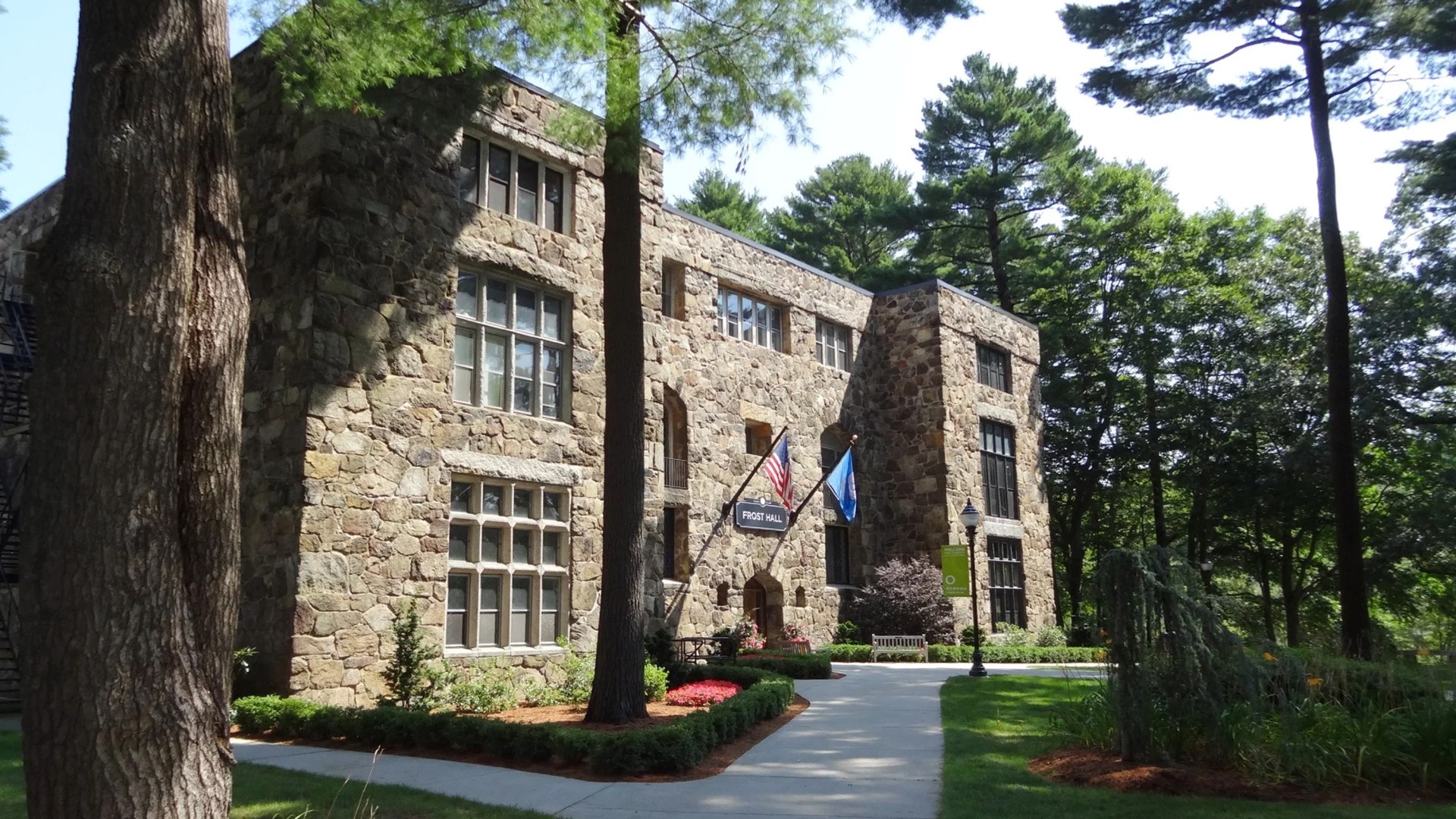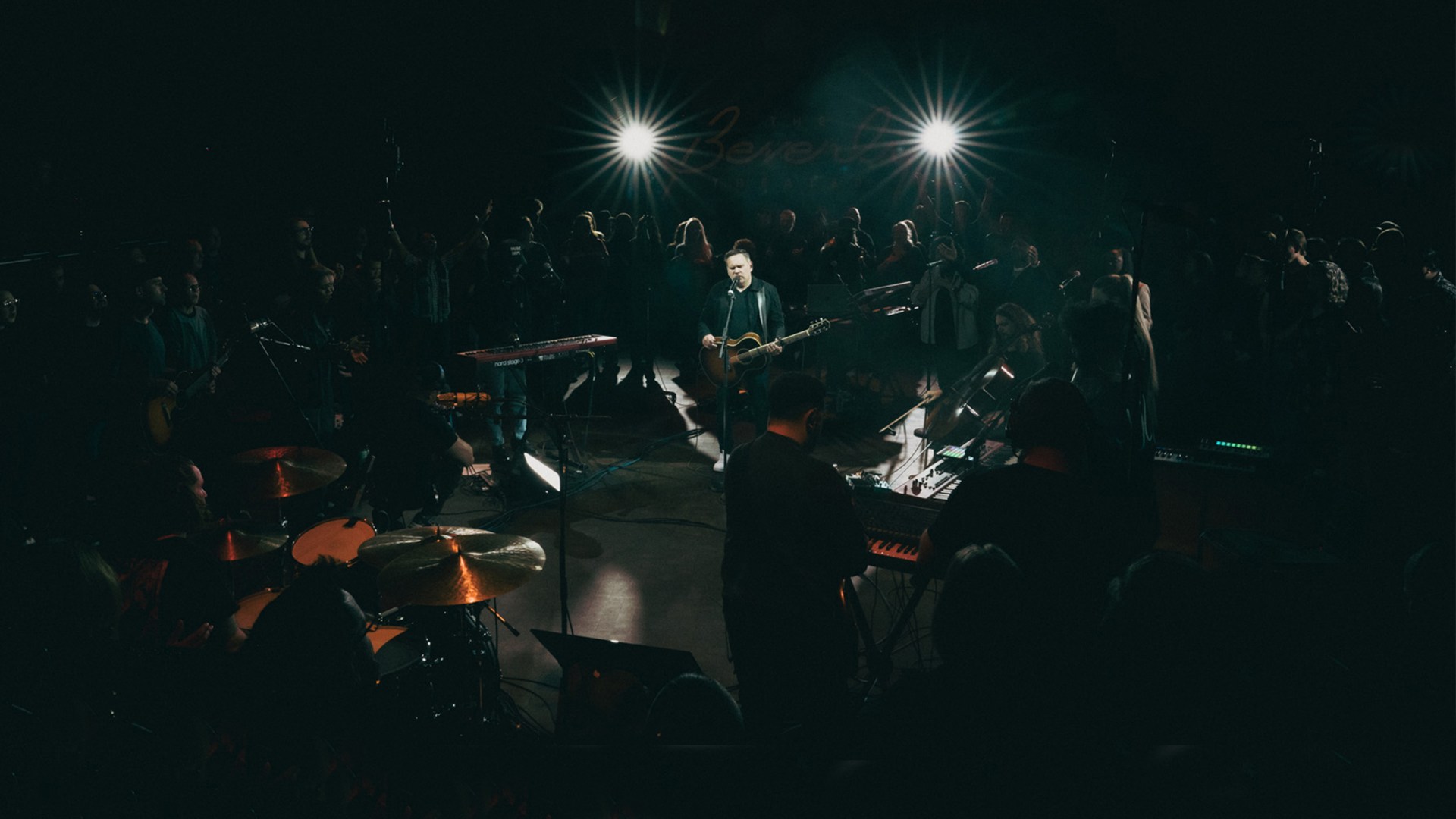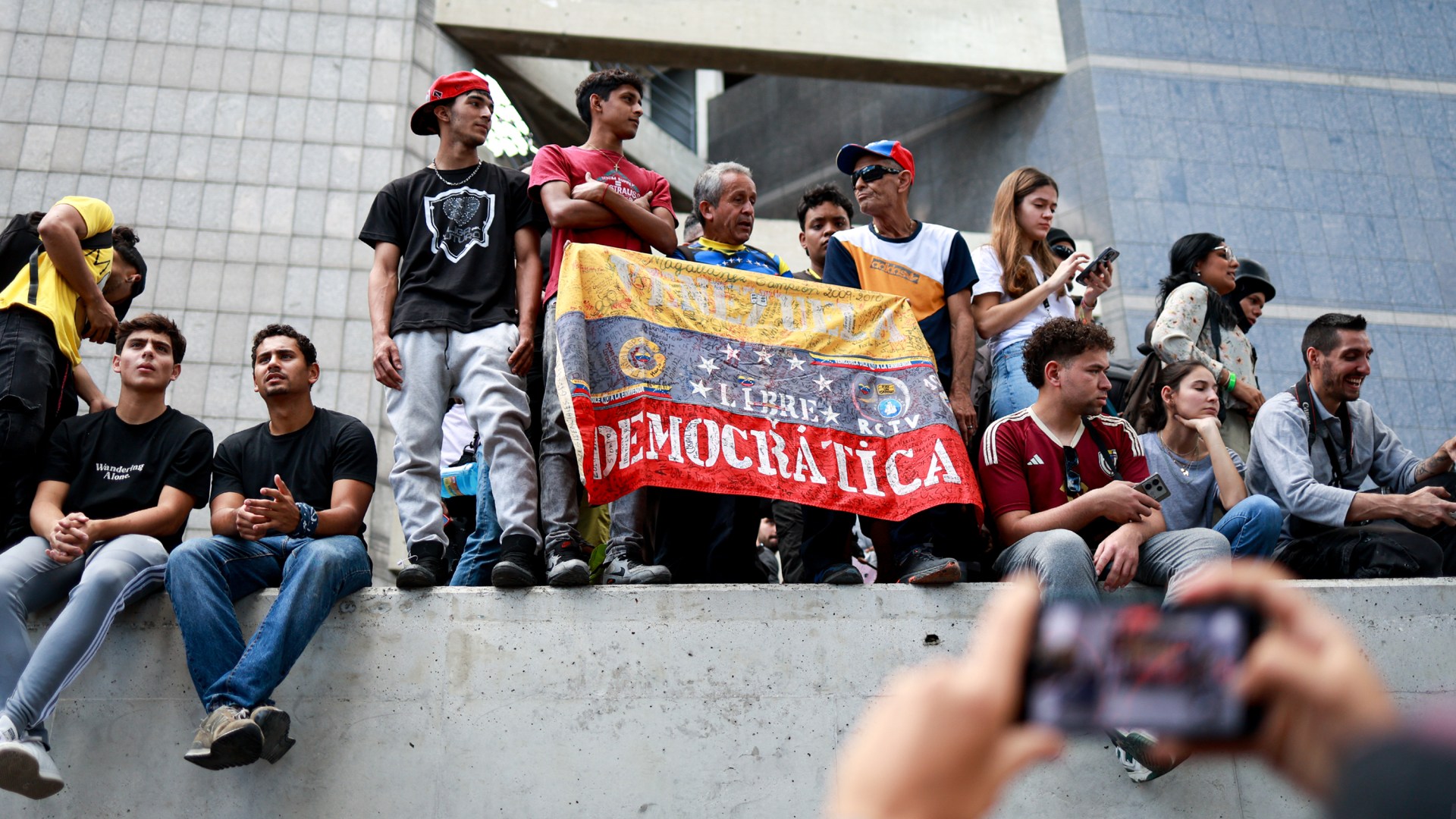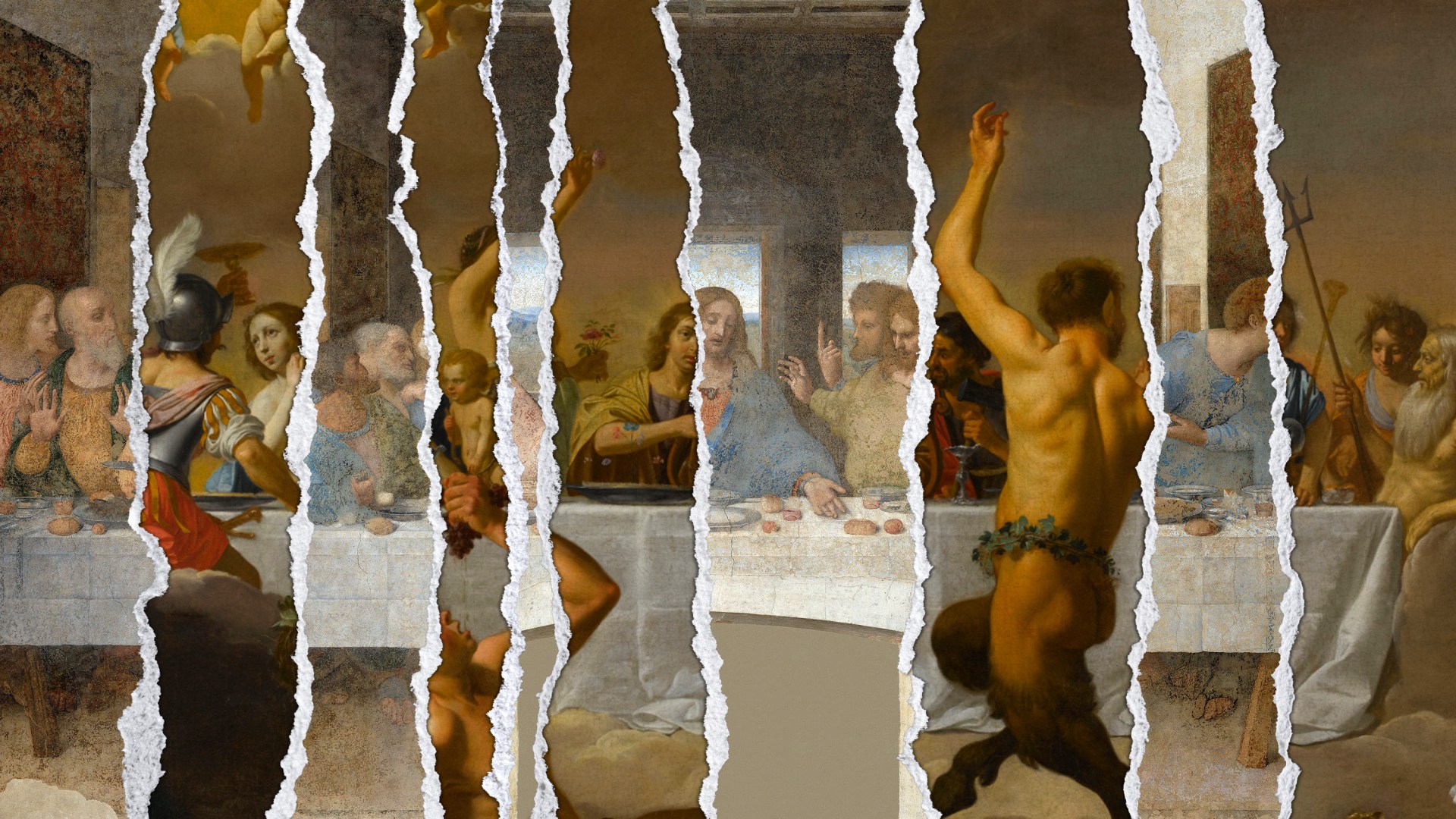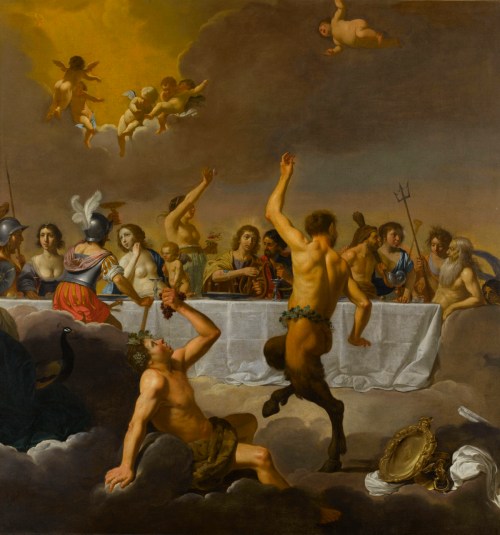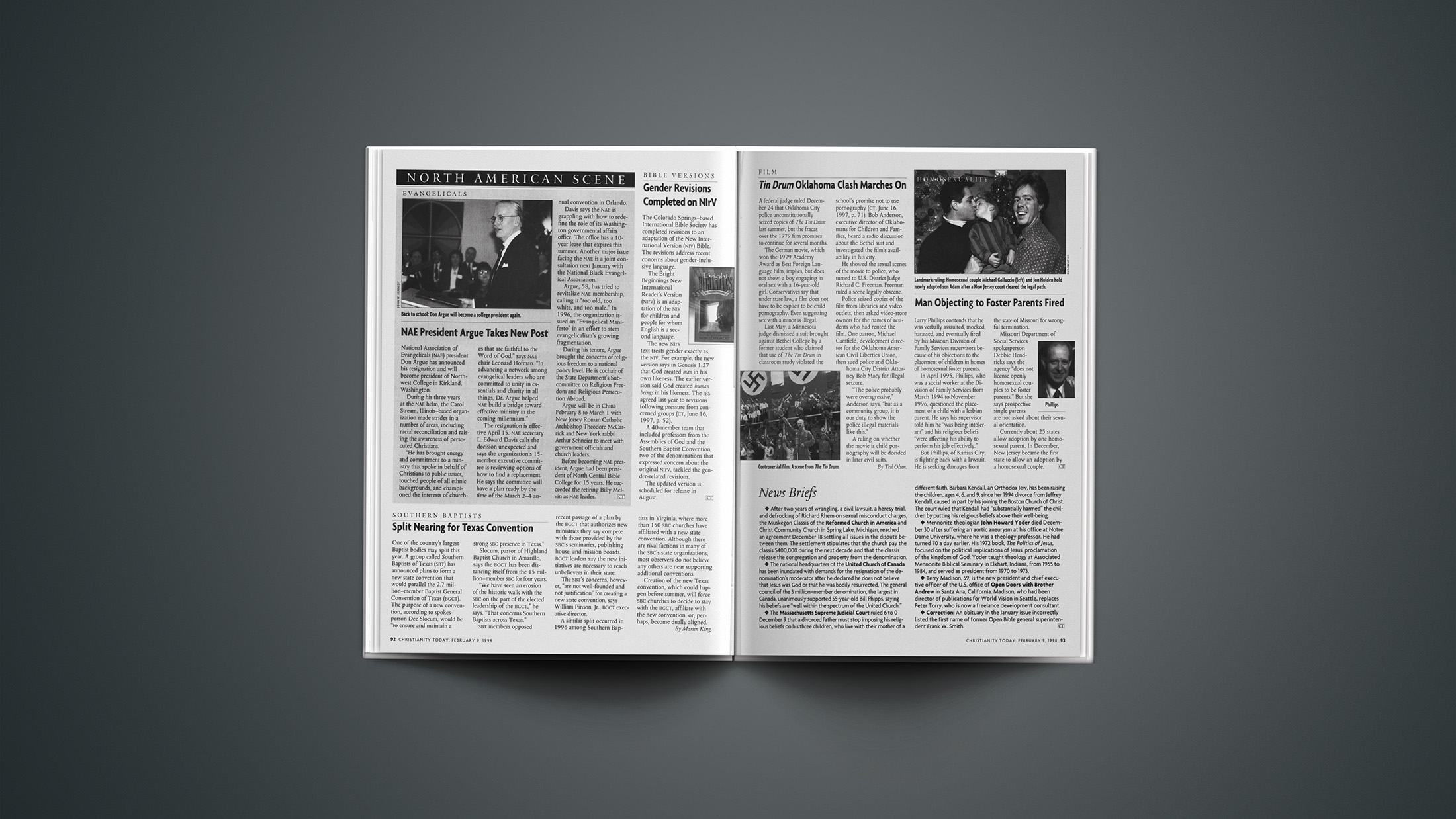I was sitting in a coffee shop, books taking up too much space on the tiny table in front of me, bemoaning the lack of attention the academy paid to the Black church and the distinctive interpretative habits of African American church leaders and scholars. My time in religious higher education had signaled, in ways large and small, its belief that the tradition that shaped me had little to say to the rest of the world.
The important ideas and trends arose in Europe or white North American spaces—Black Christians, on the other hand, were historically deemed theologically simplistic or dangerous. But I longed for people to know the tradition as I experienced it: life-giving, spiritually robust, and intellectually stimulating. We had wrestled with God and found our way toward faith in the context of anti-Black racism often perpetuated by other Christians. I wanted to make that story and the fruits of our labor known. I still do.
While I sipped my coffee, I was struck by an idea that served as the genesis for The New Testament in Color: A Multiethnic Commentary on the New Testament. I often complained about white scholars neglecting African American voices, but I knew little about Asian American biblical interpretation, its theological and historical developments, and the gifts it offered to the body of Christ. The same was true regarding Latino interpretation and the Bible-reading habits of First Nations and Indigenous peoples.
In some ways, I was a hypocrite. I wanted people to attend to the contributions of my community without being similarly invested in others. I needed to spend less time complaining and more time listening. The New Testament in Color thus began with that insight. It was a hope that we might come together across ethnic differences and create something beautiful.
I wondered, What fruit might come from the various ethnic groups sharing space in North America working together to produce a commentary? What did I need to learn from my brothers and sisters in Christ beyond the Black-white binary that shaped my imagination in the American South?
It was natural that my lament was directed to where the power resides in the academy. In 2019, the Society of Biblical Literature, the largest body of biblical scholars in the world, did a study of its membership. That study showed that 86 percent (2,732 of 3,159) of its members who described themselves as college or university faculty were of European or Caucasian descent.
Given the demographics of the United States (and the world), it is more than fair to say that we experience a disproportionate white or European dominance of biblical studies. If God gives his Spirit without measure and equips the entire body of Christ to read and interpret the Bible, then it is a tragedy when the whole body of Christ is not engaged in the process of reading, interpreting, and applying these texts. No one part of the body has the right to speak for the whole. We need each other.
Does a lack of ethnic diversity matter? Isn’t biblical interpretation simply a matter of translating verbs and nouns, linking together ideas as they come together into sentences, paragraphs, narratives, or letters? I was told that the only thing we needed to be good interpreters was proper understanding of the historical context alongside requisite grammatical, text-critical, and linguistic expertise.
I do not want to push any of those important and vital skills aside. All the contributors to The New Testament in Color labored hard to gain the aforementioned tools of the scholarly trade. It is precisely because I believe that biblical texts are God’s Word to his people that we must do our very best to read them well and carefully.
But here is the rub. It matters that we have diverse representation in the process of biblical interpretation because it is always ourselves as persons with our experiences, biases, gifts, and liabilities that we bring to the text. We are not disembodied spirits without histories or cultures. We are not exegetical machines; we are interpreting persons.
We come from somewhere, and that somewhere has left its mark, whether we acknowledge it or not. When one culture dominates the discourse, we are closing ourselves off from what the Holy Spirit is saying among other cultures. Socially located interpretation, when rooted in a trust in God’s Word, is a gift from particular cultures to the whole church. Socially located interpretation reflects a trust that none of our experiences are wasted, that all of who we are is useful to God.
Our cultures are not something we are called to set aside in the Bible reading process, because our cultures and ethnicities have their origins in God (Eph. 3:14–15). Every culture and ethnicity, because it was created by people made in the image of God, contains within it both evidence of its divine origins (Gen. 1:28) and elements of the Fall (Gen. 3).
Stated differently, there are no perfect cultures. Every culture and people is challenged and made into the best version of itself through an encounter with the living God. Our cultures are restless until they find their rest in their Creator. None of them are left unchanged. God’s word to persons and cultures is always yes and no. He offers us all repentance for things that have gone astray and lauds our struggles toward the good, the true, and the beautiful.
Socially located biblical interpretation is nothing less than the record of the Spirit’s work through scriptural engagement among the different ethnicities and cultures of the world. Unfortunately, too often, the sanctification of culture has been confused with the Westernization of culture. That lie has done tremendous damage to the church. God’s transfiguring work is not done in comparison with the West. Ethnicities do not become more holy as they approach likeness to Europe but to God.
That attempt of each culture and group to find themselves as they struggle to examine their lives and culture in light of the Word of God is instructive not just for them; it is instructive to the whole body of Christ. We can, through listening to the voices of others, see the ways in which our own location has at times hindered our ability to read the text well. What we are aiming for, then, is mutual edification.
Due to the varied ways in which Scripture has been used to justify indefensible things such as colonialization, slavery, and the studied disdain for non-Western cultures, much socially located biblical interpretation has been rooted in a hermeneutics of suspicion in the effort to resist those evils.
We believe that it is right to push back on the misuse of Scripture to justify evil, but we also believe that socially located biblical interpretation can engage in a hermeneutics of trust, wherein we recognize that the God we encounter in biblical texts is in the end a friend, not an enemy. We want to honor the fact that the ecclesial communities from which we come found liberation and spiritual transformation through reading with the text, not against it. Some might consider this naiveté. I disagree. I consider it hard-won wisdom.
We agree that Scripture is God’s word to us that functions as the final guide for Christian faith and practice. Evoking Nicaea does not mean that we are privileging Western culture as defining Christianity for the world. Instead, it is an affirmation that God was at work among Christians of the past to tell us things that are true and good. We hope, in the generations to come, that despite our compromises and failures, Christians will find some lasting value in our theological contributions. There are no pristine histories.
In other words, we do not assume that our cultures stand over the texts, but through the interaction of person, text, history, and culture, truths that others might miss shine out all the more brilliantly. The chorus can create a beauty the soloist cannot.
In the end, the fruit will be seen in the ways we help churchgoers and Bible study leaders and students read the text more faithfully. Like any group of writers committed to serving the body of Christ, we welcome pushback given in good faith. Our goal is not to replace one form of hegemony with another or to close the conversation around these texts across cultures. We desire a shared pursuit to discover the mind of Christ and his purposes for his people.
Nonetheless, we do believe that these entries will indeed do what all good commentaries endeavor to accomplish: send the reader back to the text with fresh questions, answers, and a sense of wonder at the ways in which the ancient word remains ever new, challenging and inspiring us to follow our King and Lord more faithfully.
Taken from New Testament in Color edited by Esau McCaulley, Janette H. Ok, Osvaldo Padilla, and Amy Peeler. Copyright (c) 2024 by Esau McCaulley, Amy L. Peeler, Janette H. Ok, and Osvaldo Padilla. Used by permission of InterVarsity Press. www.ivpress.com
Esau McCaulley is the author of How Far to the Promised Land: One Black Family’s Story of Hope and Survival in the American South and the children’s book Andy Johnson and the March for Justice. He is an associate professor of New Testament and public theology at Wheaton College.






